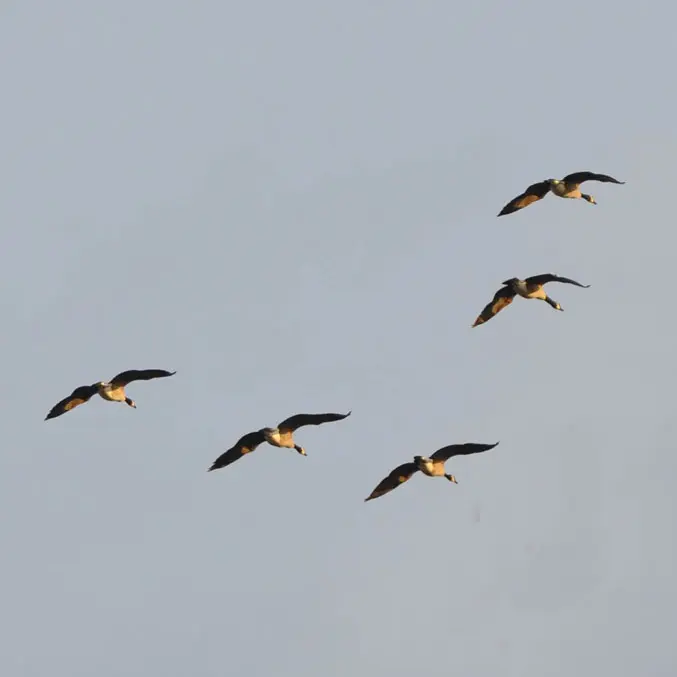12
In the early days of home computers, software was small enough to be distributed in the backs of computer magazines. Bamboo gives a quick rundown of his experiences with this method of software distribution. Thanks to Tyrel (@tyrelsouza), Jim K. (@ijimkoz), J3! Read more at https://theindustriousrabbit.com and subscribe to the channel and RSS feed for future updates! References Type-in Program article on Wikipedia (https://en.wikipedia.org/wiki/Type-in_program), Checksum article on Wikipedia (https://en.wikipedia.org/wiki/Checksum), Compute!'s Gazette Issue 36 (https://archive.org/details/1986-06-computegazette/mode/2up) The issue I showed off in the video., Public Domain Commodore example programs (https://rittwage.com/c64pp/?pg=pd) bagel.c3 is on games_i.zip, hello.dasm on 8 Bit Workshop (https://8bitworkshop.com/v3.9.0/?file=hello.dasm&platform=c64) Remove the scanline code and you can get this down to 37 bytes compiled., hello.c (https://gist.github.com/johnbintz/dfa1724f6e5ca2f59633b608934644cc) The file I used to make the MS-DOS and Linux binaries, Bruce's C Compiler (https://linux.die.net/man/1/bcc) Used to build MS-DOS COM file for file size, Credits Cipher by Kevin MacLeod https://incompetech.com/music/royalty-free/music.html CC-BY 4.0 You have to search for this one, I couldn't find a direct link.


In the early 90’s I remember owning and borrowing some novels that had BASIC code printed in them. These were small programs of no more than a few pages, usually at the end of a chapter, that would do things like output a story-relevant image or allow you to play a very simple game.
I only remember a few examples: One was at the end of a chapter in the middle of a book I borrowed from the library. The code would output an image of a ruby-eyed statue the characters had just discovered while exploring a South American jungle temple. The others were from the early titles in the Interplanetary Spy series, which was like a sci-fi version of the Choose Your Own Adventure books. There were codes that would generate a blocky image of your spaceship and a few things related to the puzzles in the book, but nothing that was actually required to figure them out. I only had access to a C64 for one summer so I never got to use most of these and the one time I tried I decided it wasn’t worth the effort required.
Adding on to the BASIC text adventure game my older brothers started was more fun, anyway.